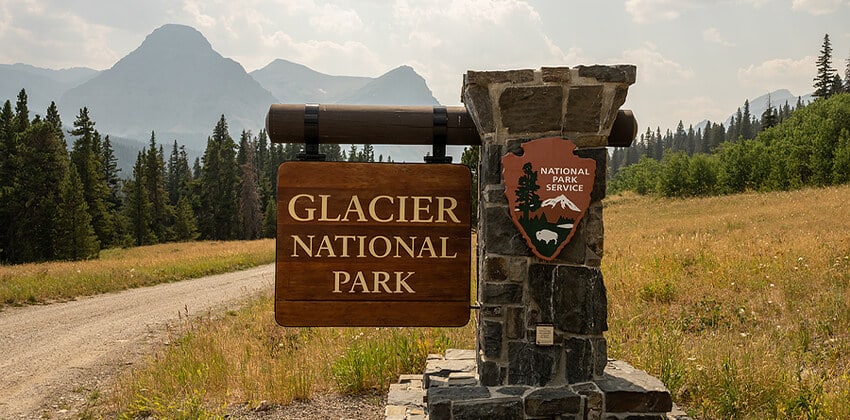
In this article, we’ll explore not only the job board aspect of LinkedIn, but also three other ways you can find job listings that are hidden in plain sight.
Search for Jobs on LinkedIn
LinkedIn offers many ways to find job postings.
1. LinkedIn’s Job Board
“Jobs,” one of LinkedIn’s top menu items, provides you multiple ways to access the multitude of ads that employers and recruiters pay LinkedIn to feature, as well as others that the site aggregates from throughout the internet.
Making things real simple, the site leads you through a process whereby you can create your own profile of what job you are seeking based on location, industry, and more. Of course, you can change your profile at will, but however it is set will determine what ads LinkedIn will feed you.
Advertisement
After you have clicked on the “Jobs” link in the menu at the top of most LinkedIn pages, you can search through the jobs by title, keyword, or company (employer) and location.
Once you have typed in a query and clicked the “Search” button, pay attention to the options LinkedIn offers you in the right column of the results page. You can focus the search results on specific employers (a.k.a. “Company”) and locations. LinkedIn also offers additional interesting filters like the date the job was posted (ranging from the last 24 hours to the default “any time”), experience level (from entry level to executive), to job function which varies depending on your original search.
It’s a good idea to start with a fairly broad search with a limited number of parameters, and then add or filter the results (i.e. jobs posted this week for specific employers) until you get a reasonable number of positions you can fruitfully examine.
2. Update Feed
The center of your LinkedIn homepage is devoted to updates. Here, you’ll not only see articles that the Pulse feature thinks you might be interested in, but more to the point of this article you’ll see the status updates of your connections. Take time to scroll through these updates on a regular basis.
Often you’ll find recruiters, hiring managers, or HR staffers post something like “Looking to hire XXX” with a link to a description of the role to be filled.
Try searching through the updates (or “Posts”) using hashtags, like #jobs, #hiring, #salesjobs, or whatever is appropriate for your job search. Not every update will be a job posting, but many will.
3. Groups
You can join up to 100 LinkedIn Groups at any one time. There are groups based on everything imaginable: college alumni, location, skill set, job function, industry, hobbies, etc. Many groups exist to help people with job search, too.
To find Groups, click on the “Work” grid icon in the top right of most LinkedIn pages, and a drop-down image will open offering you several options. The options for Groups is circled below.

Each LinkedIn group has posts presented in chronological order, and, often (depending on the Group), recruiters will post jobs in Groups which are relevant to the job or the employer — the location, the profession, the skill, the industry, etc.
4. Company Pages
Company pages abound on LinkedIn. Find them by typing a company name into the search bar at the top of the page.
Most often company pages are used for employer branding. That is to say, they create the best possible image of a given company as a desirable place to work. Typically there will be a listing of open jobs at the company, or a link to the company’s employment portal on its website where all the open positions are listed. You can find information on companies in the main Interests menu at the top of LinkedIn, or you can do a search for companies.
Now that you’ve found a job opening, don’t apply!
Of course, the easy thing to do is simply apply to multiple jobs in a short period of time by clicking “Apply” numerous times. Yet when you do, you take a wild leap into the uncharted resume black hole. And then you typically will have no way to assure that your resume will actually be read by a decision maker.
Instead, take more time with each great job prospect. Use LinkedIn’s features to see who posted the job, and who you might know or be connected to that works in the company. Build those contacts into networking partners.
Most companies have some kind of employee referral bonus program, and it will be a “win-win” for you and your company contact if he/she brings your resume to the attention of the hiring manager or the HR staffer assigned to fill the position. You’ll minimize the probability of your resume disappearing into the vapors, and maximize the likelihood that your credentials will be reviewed with care.
The other articles in this LinkedIn Job Search Learnings series:
- How to Be Found by Recruiters on LinkedIn
- 7 Ways to Attract Recruiters on LinkedIn
- How to use LinkedIn as a source for your business intelligence
Happy hunting!
About the author…
Job-Hunt’s Social Media and Job Search Expert Arnie Fertig, MPA, works with clients throughout the U.S. who are dedicated to their own career advancement on the nuts and bolts of job hunting. He is the Head Coach at Jobhuntercoach.com, and contributes weekly to the USNews & World Report “On Careers” Blog. Connect with him on LinkedIn, on Twitter (@jobhuntercoach), or directly: Fertig [at] jobhuntercoach.com.
Don't forget to share this article with friends!




